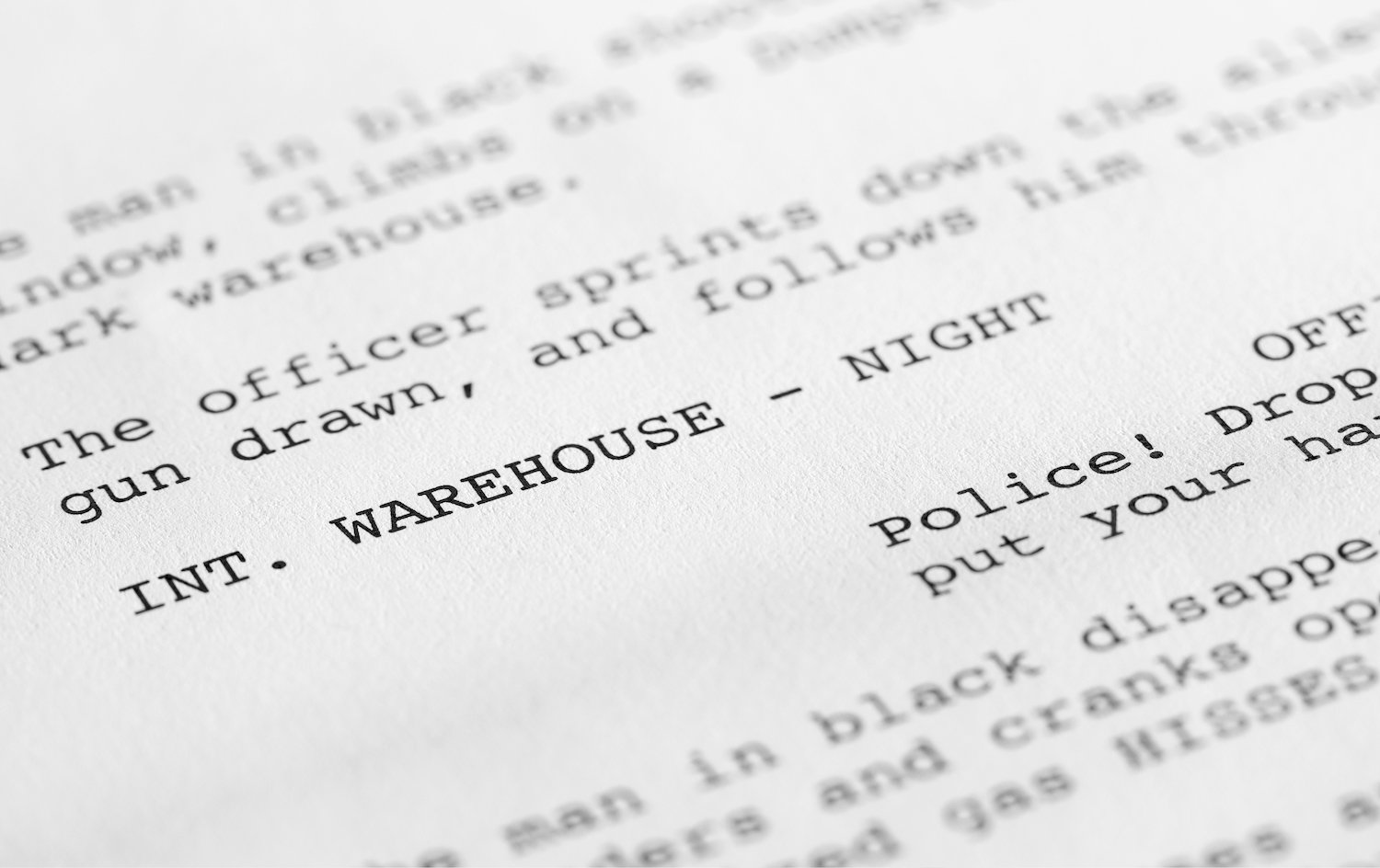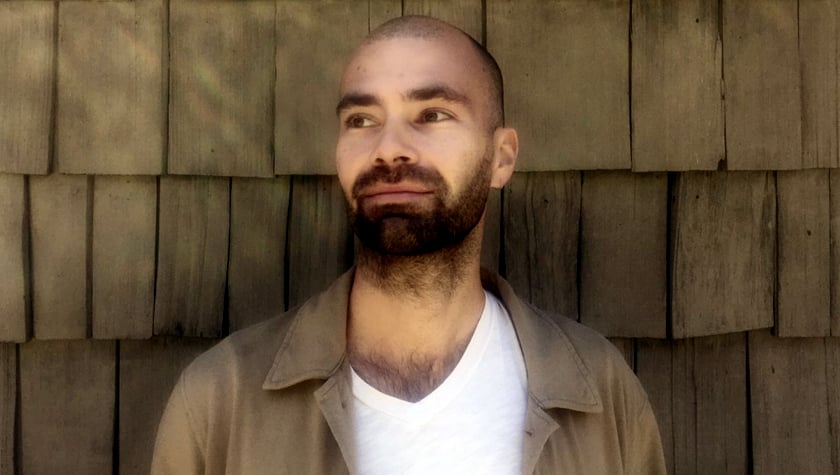Spec Spotlight: Lionsgate Purchases Stephen Herman's 'The Culling'
October 13, 2020
Screenwriter Stephen Herman is hoping to invigorate the horror genre with his new spec script The Culling, which was recently sold to Lionsgate with David F. Sandberg attached to direct.
A huge fan of the The Conjuring, Annabelle, and the Insidious franchise, Herman said he always wanted to write, “a good demon movie but come at it from a very grounded angle. That was the goal.”
The Culling is about a priest whose family was terrorized by a demon when he was a boy. Years later the same demon comes back into his life and opens up some old wounds, forcing him to confront his past and his own faith.
Herman said his spec was partly inspired by Sam Raimi's The Evil Dead.
“They say every writer is trying to rewrite their favorite movies, whether they know it or not. I guess this is my version of Evil Dead.”
A self-proclaimed horror fan growing up, Herman says what he loves about horror movies is the same thing he loves about roller coasters.
“You get to be scared in a safe space. You know you're about to go through all these twists and turns but in the end you know you'll be fine,” he said.
“What I love about horror now is it's starting to get more sophisticated. It's not just blood and gore and jump scares. We're starting to have some real lessons about life and social commentary buried inside the stories, à la Get Out and The Invisible Man.”
Herman admits the script for The Culling was a “tough one to crack,” taking about eight months to complete. While he was working on other projects in the midst of writing the script, he says the process took longer than expected because the story kept changing.
“Sometimes the beauty of writing is you go in expecting the story to go one way but you can surprise yourself with what it ends up becoming at the end,” he said.
“It took about six or seven drafts but each draft is a totally different movie with drastically different storylines and characters. I think the only things that remained constant in every draft was the main character and the location.”
Typically, Herman says he likes to try to bang out a first draft within a month or two.
“Then I'll step away from it for a month and work on something else. I feel like you need that time away from the script so that when you come back to it, you're reading it with a fresh perspective,” he said.
“All that time away helps you to forget some of the story so when you read it again, it's with fresh eyes and you start to see what works and what doesn't.”
He said it’s during the second draft where he finds, “the real story” and the third and fourth drafts are just about, “tightening up that story and the characters.
"So usually most of my scripts are done in about four drafts but the first and second are where the major work gets done,” he said.
Including The Culling, Herman has had six specs sold or optioned.
“I think what I love best about writing specs is that you're writing it for you. You're writing the movie you want to see. There are no rules, no one telling you what to do or how to do it. It's your baby. And once it's all said and done and you put it out there into the world, if it's lucky enough to get sold/optioned then it's even more beautiful knowing that that story came from you.”
When it comes to writing horror specs, his advice for up-and-coming screenwriters is to try to be as original as possible and try to surprise the reader.
“Don't just throw in shocks and twists for no reason of course; make sure it's organic to the story,” he said.
“There's nothing new under the sun. Every story has been told. Your job is to make the reader say, ‘yeah I've seen this before but not quite like this.’”
To help your horror spec standout, Herman suggests digging deep and, “figure out what really unnerves you and try your best to translate that on the page.”
In The Culling, there's a priest battling a demon at an isolated cabin in the middle of a snowy winter. For Herman, a self-proclaimed “city boy” from New York, the idea of surviving in the woods in the middle of winter is terrifying.
“To me that was the scariest part about writing the script - being isolated in the cold, dark woods with no one around to help,” he said.
“I was more scared of the location than the antagonist and I think I was able to communicate that fear in the story well. I really think it helped to make it scarier and more believable. If you're making yourself scared while writing your own script then that's a good sign that you're doing something right.”
Written by: Brianne Hogan
Brianne Hogan is a freelance writer currently based in Prince Edward Island. A film studies graduate from NYU, her byline's been featured in Creative Screenwriting, ScreenCraft, The Huffington Post, among others. "Jurassic Park" is unashamedly her favorite movie (at this moment). You can follow Brianne on Twitter via @briannehogan



